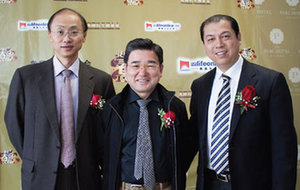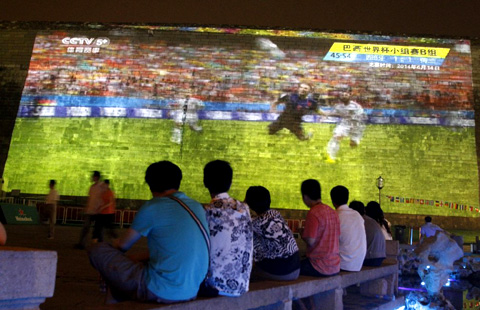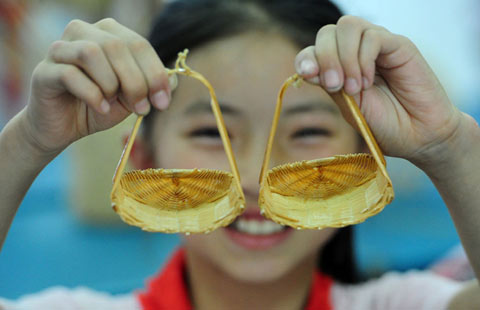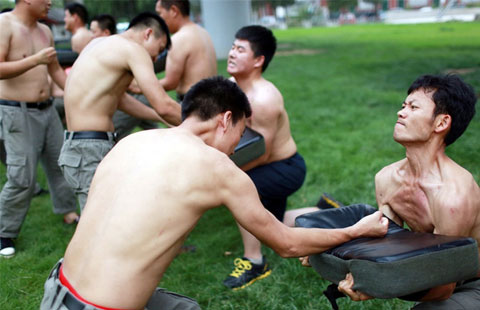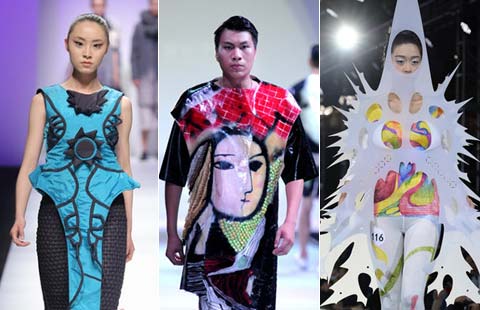Hirshhorn Museum selects Melissa Chiu to be new director
Updated: 2014-06-17 07:49
By MENG LIN (China Daily USA)
|
||||||||
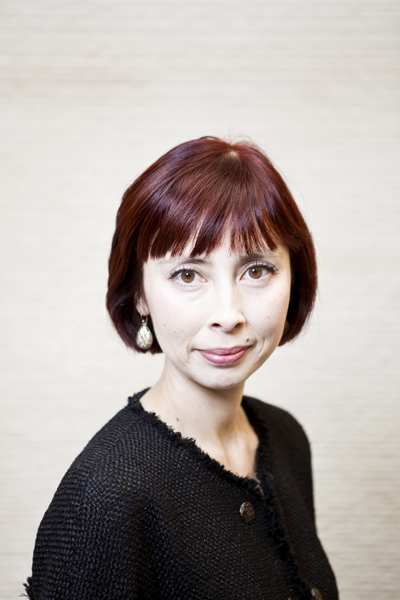 |
|
File photo of Melissa Chiu [Photo provided to China Daily] |
The Smithsonian's Hirshhorn Museum and Sculpture Garden has named Melissa Chiu to be its new director, effective in September.
She will fill the position vacated by the Washington-based museum's former director, Richard Koshalek. He announced his resignation in May after the Hirshhorn board's split vote on the fate of his "bubble," a 15-story inflatable building that was designed to host a dialogue among artists. The board became concerned as project costs surged to $15 million.
Chiu, 42, was born in Australia. Her expertise is contemporary Chinese art. Previously Chiu was a museum director and senior vice- president for global arts and cultural programs for the Asia Society Museum in New York.
She will take over the helm of one of the Smithsonian's 19 museums. The Hirshhorn was established in 1974 and is considered as the US museum of contemporary and modern art.
Consistent with her mission as an educator, she expects the Hirshhorn to "…play a remarkable role in society. (Museums) are things in life that are enjoyable, accessible, and educational."
"(I will be) looking at on the one hand the most cutting-edge ideas and practices, and on the other hand setting it into a context that may be historical, whether it's 20th century or beyond." Chiu added.
She has a great record of collaborating with the Asian community and has been passionate about Asian culture and contemporary art since her college days. She has organized over 30 international exhibitions focused on art and artists from Asia, including the work of Chinese artists Ai Weiwei, Yang Fudong, Zhang Huan and Zheng Shengtian.
"The creation of contemporary art in China and the reception it has received along with the opportunities for us to see that work, has changed enormously over the last 40 years," said Chiu.
The birth of Chinese contemporary art is considered by many to have started in 1979. Since then there have been many changes, from a situation where artists had no place to show their work to the development of well-developed gallery districts and museums that display contemporary art.
"Contemporary art itself is no longer seen as a threat in any shape or form," Chiu said. "In fact, it is often fostered within China at a government level." Changes that we see in China are very positive and there is a "lot of energy" in the art sector today whether it is contemporary art or architecture, she added.
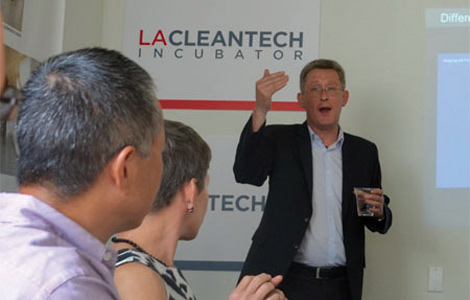
 Discovering the real China
Discovering the real China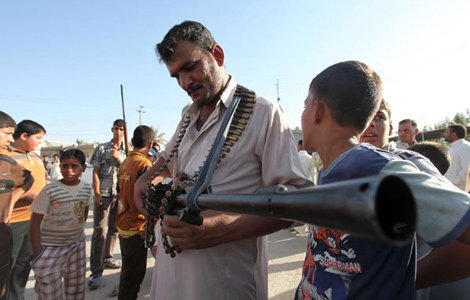
 Iraq crisis may change China's oil suppliers
Iraq crisis may change China's oil suppliers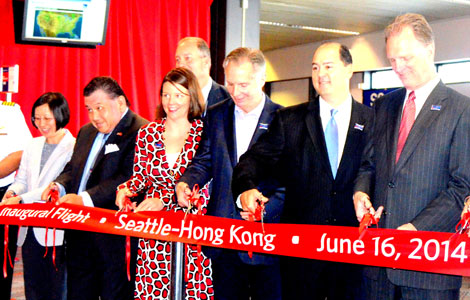
 Delta launches nonstop Seattle-Hong Kong flight
Delta launches nonstop Seattle-Hong Kong flight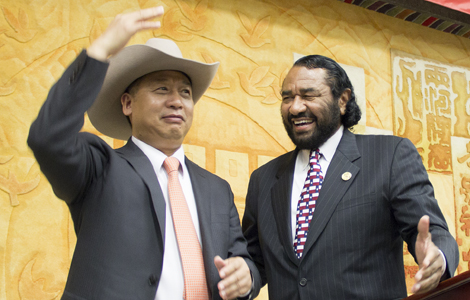
 Consul general welcomed
Consul general welcomed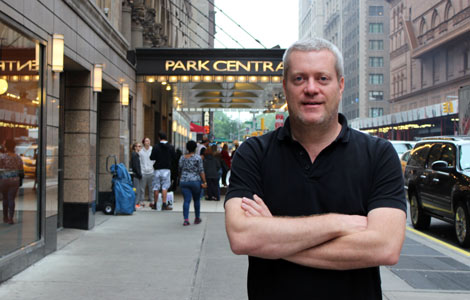
 Developer of Alibaba film in talks for US TV screening
Developer of Alibaba film in talks for US TV screening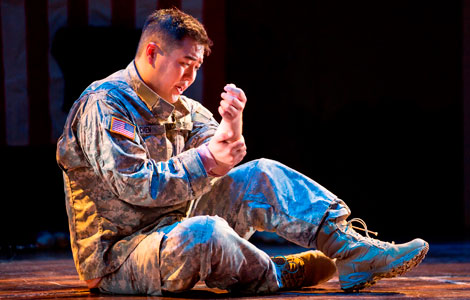
 Opera explores death of a Chinese-American soldier
Opera explores death of a Chinese-American soldier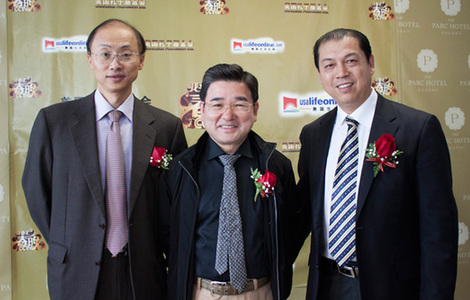
 Popular Chinese TV show expands auditions to US
Popular Chinese TV show expands auditions to US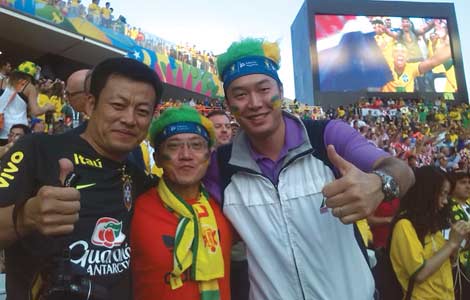
 World Cup fever grips Chinese soccer fans
World Cup fever grips Chinese soccer fans
Most Viewed
Editor's Picks

|

|

|

|
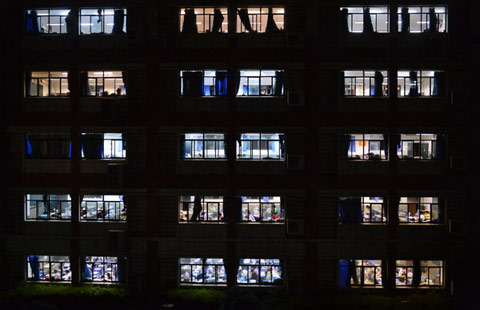
|
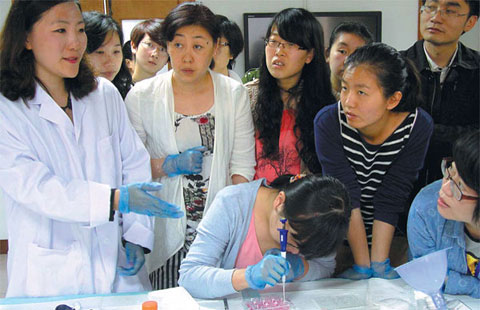
|
Today's Top News
For third straight month, China cuts US debt holdings
Immigrant policy to adopt skill wish list
Hirshhorn Museum selects Melissa Chiu to be new director
China lowers US debt for third straight month
China's Alibaba submits updated prospectus
Turmoil in Iraq 'certain to affect China oil prices'
US Navy ship with 550 Marines entering Gulf
US should 'attune itself to China's rise'
US Weekly

|

|
